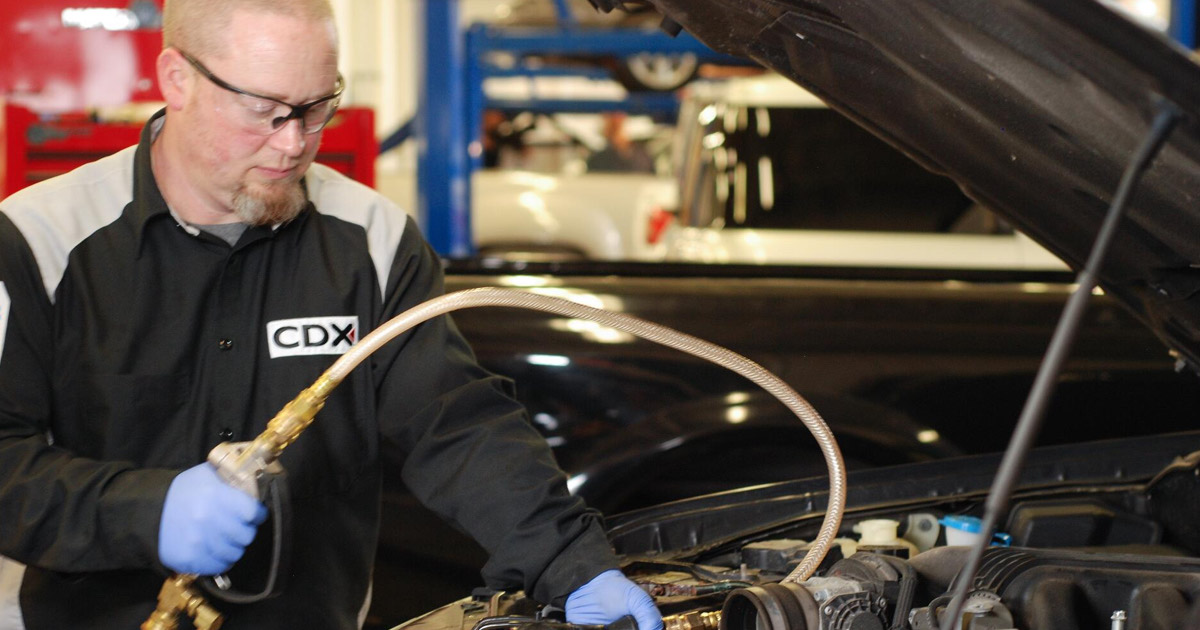As the days get shorter and the temperature gets colder, it’s becoming even more important to talk about vehicle system care.
One of the vehicle systems that requires a comprehensive inspection when cold weather hits is the vehicle cooling system. As manufacturers continue to increase the cooling system maintenance intervals, proper testing must be done to ensure system reliability. The most important factor in cooling system integrity going into the winter months is the coolant freeze protection.
Testing freeze protection was commonly done with a hydrometer, but different types of coolant use (ethylene glycol or propylene glycol) now require different tools to measure the specific gravity and freeze protection. A refractometer is now the preferred tool to test freeze protection point. Most refractometers come with a reading scale that includes both types of commonly used coolants.
Coolants should also be tested for proper pH with either a pH test meter or test strips. Used coolant should measure around 8.0 and new coolant should be around 10.0. Any coolant that tests lower than 7.0 (acidic) or over 11.0 (basic) should be flushed out of the cooling system and replaced with new coolant/water mix per manufacturers specifications.
If coolant fails a test or is at the recommended service replacement interval, the coolant should be replaced. While a coolant “drain and fill” may be a common replacement method, ideally, a coolant exchange or mechanical flush should be performed. This removes any contaminates by mechanically forcing them out of the system. Be sure to refill the system with the proper type of coolant and water to the recommended percentage.
It is a best practice to use a tool to refill the system that eliminates the potential for an air pocket to develop. Commonly used tools for that purpose are a “spill free funnel” or an “air-lift system”. These systems prevent the formation of air pockets and allow the system to be filled quickly and properly.
With manufacturers constantly changing service intervals and new coolant chemistry being introduced, cooling system testing and maintenance is more important than ever. It is important for everyone, from consumers to technicians and instructors to students, to understand the importance of proper maintenance of the cooling system. A properly maintained cooling system will keep vehicles on the road and break-down free throughout the winter season.
